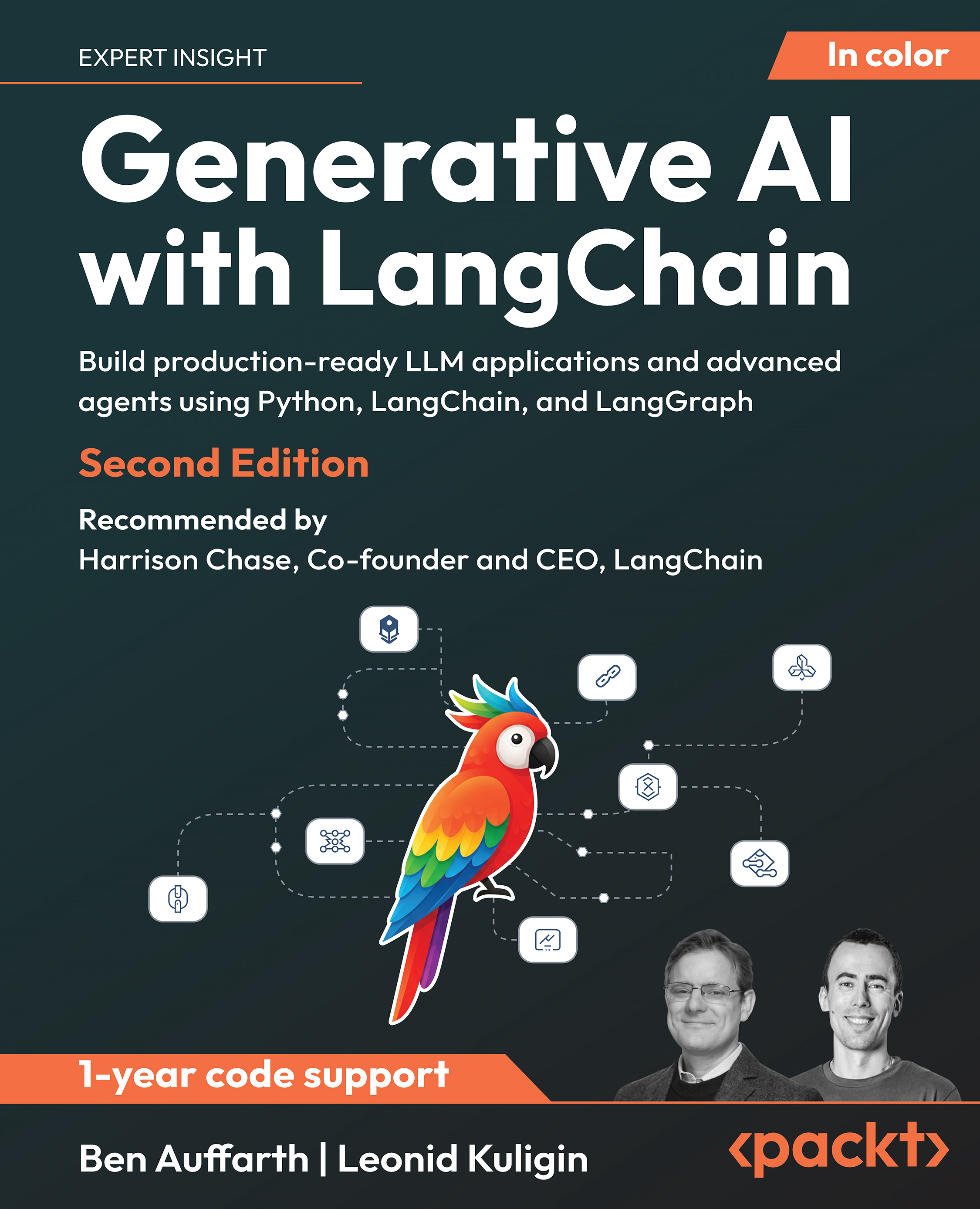Based on a significance level (0.05is commonly used), this code prints whether the dataset is probably Gaussian or probably not Gaussian. Ifp > 0.05, we fail to reject the null hypothesis, suggesting the data is probably Gaussian. Ifp <= 0.05, we reject the null hypothesis, suggesting the data is probablynot Gaussian.
Here is my review: ChatGPT (not GPT-4, but definitely use that instead) tells us what the test is for, how to import the relevant library and where it comes from, how to create example data and what type it is, about the statistics returned, about printing, and what each statistics result means. That’sreally helpful!
What could it do better? Maybe it could suggest other tests that might be able to do this, when to not use the test, and whether it might be able to critique the code. We can askthe following:
ChatGPT, when should I not use thisstatistical test?
ChatGPT lists six points and details that the test gets better with larger sample sizes, but there is a limit. It might also find significance where there isn’t any, on very large sample sizes. ChatGPT also mentions non-Gaussian distributions and sensitivity to outliers and uses other tests and actions to confirm that the data is to benormally distributed.
There are far more details, which I won’t get into here, for brevity, but I’m sure if you ask the AI for it, it’ll give you goodinformation [ChatGPT].
We could also ask Gemini to critiquethe code:
Critique the code and give us some visualizations to help us understand theShapiro-Wilk test.
Let’s check how that compares with what Gemini says about the code...
 United States
United States
 Great Britain
Great Britain
 India
India
 Germany
Germany
 France
France
 Canada
Canada
 Russia
Russia
 Spain
Spain
 Brazil
Brazil
 Australia
Australia
 Singapore
Singapore
 Canary Islands
Canary Islands
 Hungary
Hungary
 Ukraine
Ukraine
 Luxembourg
Luxembourg
 Estonia
Estonia
 Lithuania
Lithuania
 South Korea
South Korea
 Turkey
Turkey
 Switzerland
Switzerland
 Colombia
Colombia
 Taiwan
Taiwan
 Chile
Chile
 Norway
Norway
 Ecuador
Ecuador
 Indonesia
Indonesia
 New Zealand
New Zealand
 Cyprus
Cyprus
 Denmark
Denmark
 Finland
Finland
 Poland
Poland
 Malta
Malta
 Czechia
Czechia
 Austria
Austria
 Sweden
Sweden
 Italy
Italy
 Egypt
Egypt
 Belgium
Belgium
 Portugal
Portugal
 Slovenia
Slovenia
 Ireland
Ireland
 Romania
Romania
 Greece
Greece
 Argentina
Argentina
 Netherlands
Netherlands
 Bulgaria
Bulgaria
 Latvia
Latvia
 South Africa
South Africa
 Malaysia
Malaysia
 Japan
Japan
 Slovakia
Slovakia
 Philippines
Philippines
 Mexico
Mexico
 Thailand
Thailand















